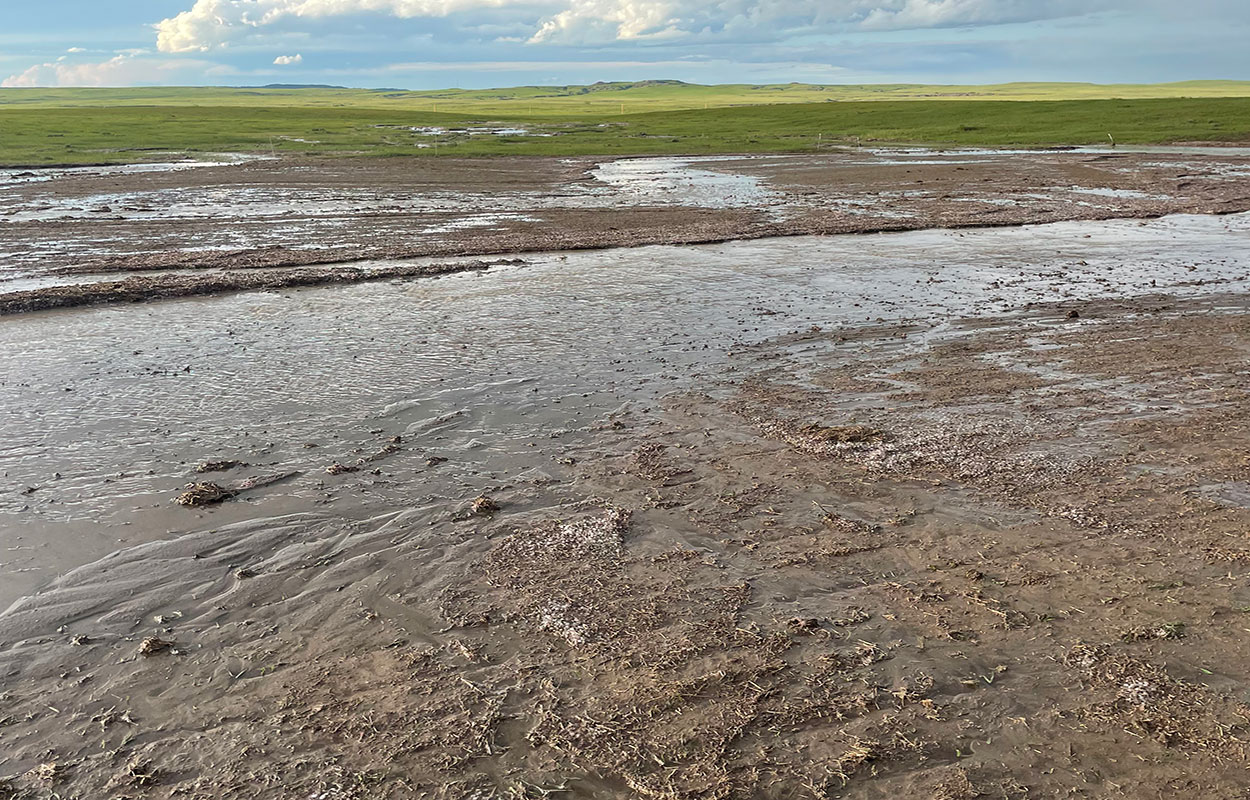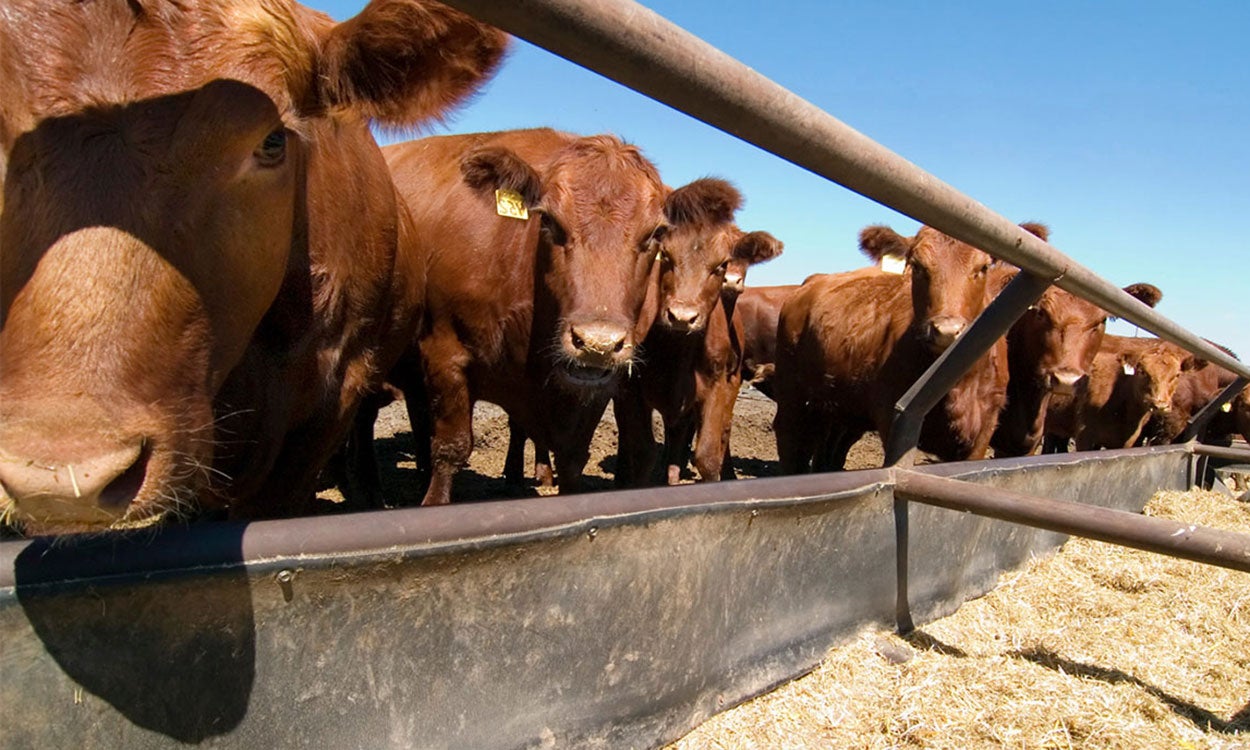Search

38th Annual Rangeland and 17th Annual Soils Days Held in Murdo
August 16, 2022
SDSU Extension, along with the Jones County Conservation District and the South Dakota Natural Resources Conservation Service (NRCS), hosted the 38th Annual Rangeland and 17th Annual Soils Days June 14-15, 2022, in Murdo, South Dakota.

Five Range Management Principles: #4 Residual Forage
Residual forage is the amount of green leaf left after a grazing event. Understanding its importance can help producers capitalize on the symbiotic relationship that occurs when soil health is front and center on rangelands.

Concentrated Animal Feeding Operations training to be held March 29
March 06, 2023
South Dakota State University Extension, the South Dakota Department of Agriculture and Natural Resources, and the Natural Resources Conservation Service are offering an environmental training session for operators of Concentrated Animal Feeding Operations (CAFOs) on March 29 at the Crossroads Convention Center, 100 Fourth St. S.W., in Huron.

Understanding the Critical Role of Broadleaf Pollinator Plants in Pastures
Understanding the economic role of pollinators is the first step towards understanding their diverse values to grassland and crop systems.

Cattle and Land Conservation in South Dakota
Analysis of results from a 2017 South Dakota farmer survey reveals that cattlemen tend to be more land conservation oriented than their grain farming counterparts.

West Nile in South Dakota: Expect Cases Into Early Fall
While it’s true that in South Dakota most West Nile Virus cases occur during August, new human infections are detected well into September in most years.

June 2019 Climate Outlook for South Dakota
As South Dakota emerges from the wettest 12-month period in 124 years of climate recordkeeping (June 2018-May 2019), June has started warmer and drier than average. The outlook, however, turns towards cooler and wetter than average again for the middle of the month.

Big Sioux River Flood Information System Sees Heavy Use During Spring 2019
The Big Sioux River Flood Information System is the result of a combined effort between the SD Department of Environment and Natural Resources, local governments, and private industry, to create a product that can be used to predict the impact of flood events in the Big Sioux River Basin.

Bringing Home Your 4-H Goat Project
Sales and transport is a stressful time for any animal. Reducing stress factors due to transitions start before the actual purchase of your new project. Managing proper nutrition and disease management are just a couple factors to help your project get off to a great start.

Protecting Yourself From Ticks
During wet springs, tick populations tend to thrive in South Dakota. These parasitic arthropods require blood to fulfill their nutritional needs and commonly use humans as a host. Some ticks can also carry bacterial diseases that are a threat to human health.